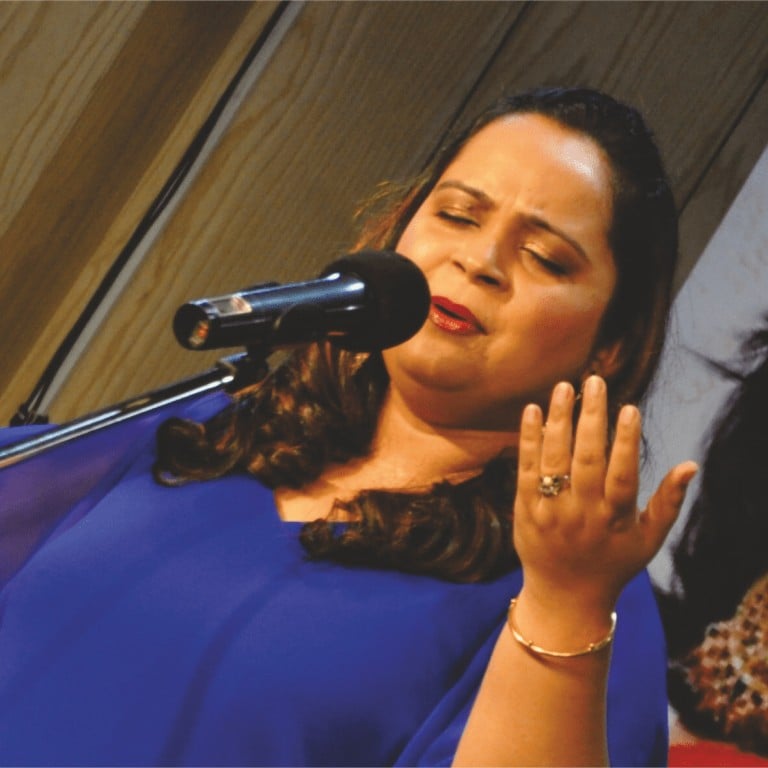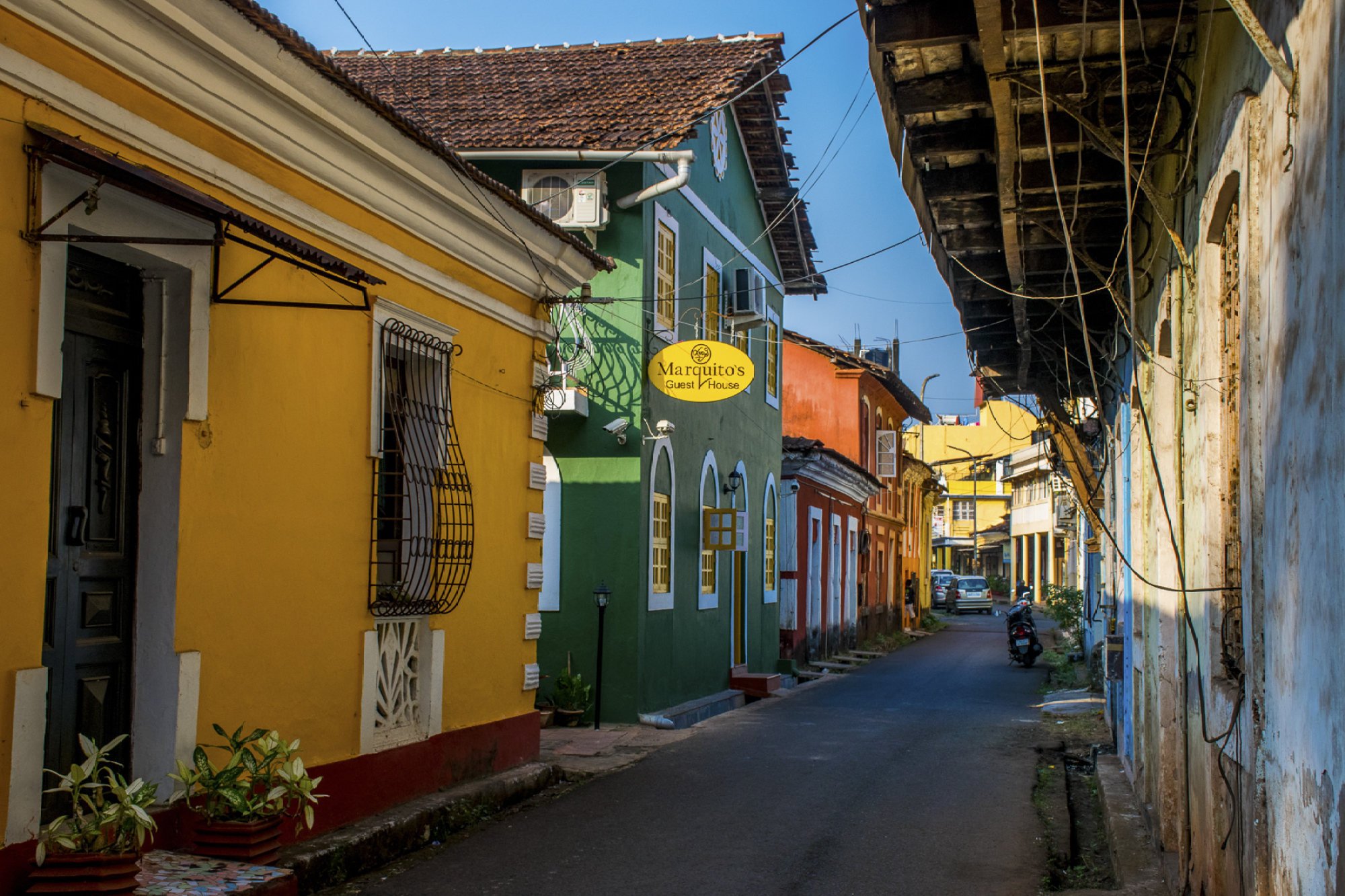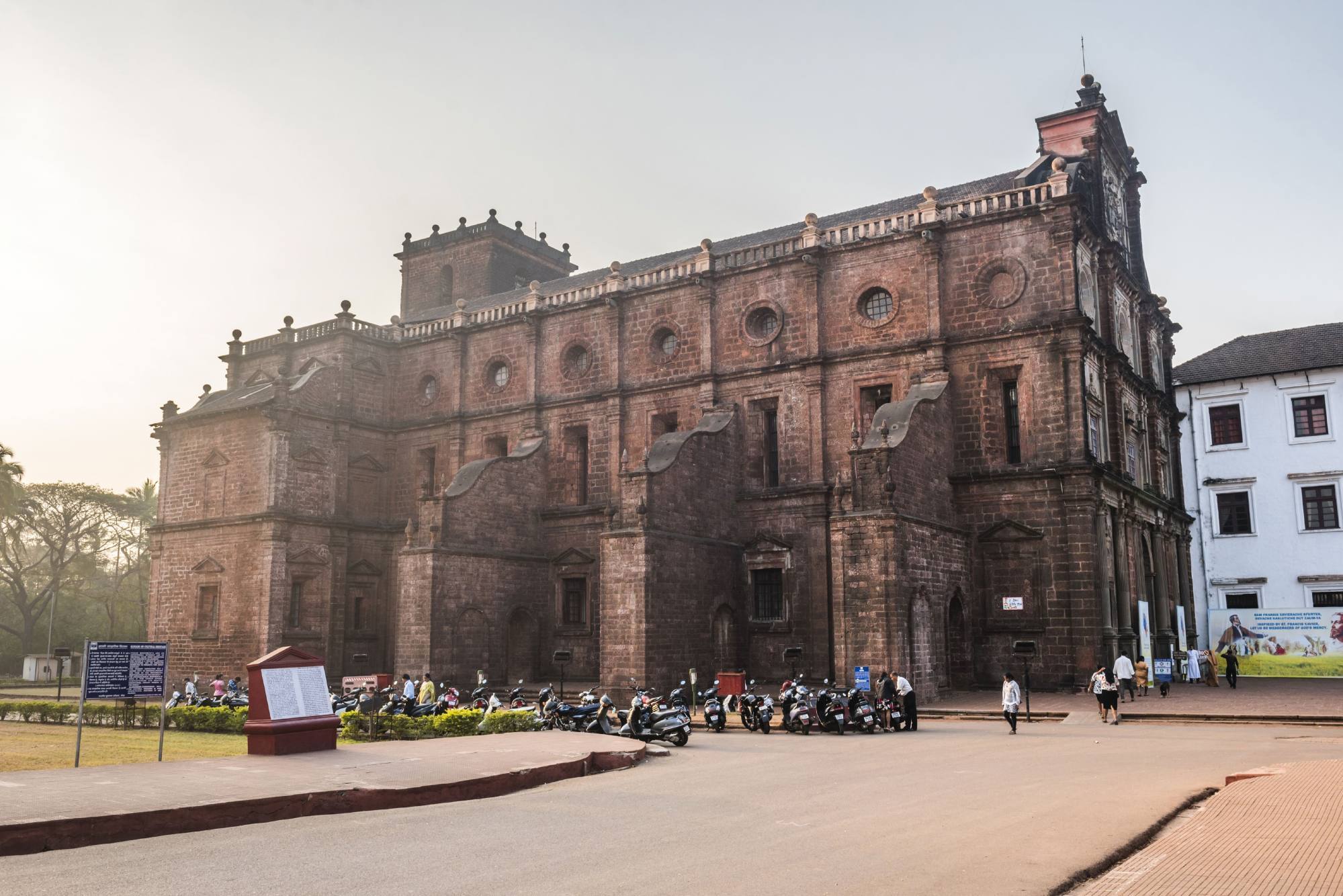
In Goa, Portuguese influence is fading after 60 years of Indian rule, along with the language, although the music is being kept alive
- Few in Goa expected the influence of colonial ruler Portugal to fade as quickly as it has since sovereignty passed to India in 1961
- Its colonial architecture, culture and language are being replaced, although traditional Portuguese fado music is making a comeback
As Lorraine Alberto begins her Portuguese class at Goa University, students are in short supply. Across Goa, a tiny coastal state in India, once administered by Lisbon, there is little appetite for the territory’s 450 years of European heritage after a few generations of Indian rule.
Ramshackle colonial homes and Bollywood’s increasing cultural dominance portend the disappearance of local history in a place where speaking Portuguese was once a passport to status and power.
“My children don’t speak it at all,” Alberto says. “They just don’t see the point of learning it.”
Those who were alive in 1961, when Indian troops marched into Goa and incorporated it into the rest of the country, recall an overnight transformation. India’s exit from the British Empire in 1947 spurred many Goans to demand an end to Portuguese rule, but few expected so much to change so quickly.

“It was a very strange feeling [ …] The changes came so fast,” says Honorato Velho, a retired school principal.
The 78-year-old once lived next door to the grandfather of Antonio Costa, Portugal’s current prime minister, and he fondly remembers a childhood peppered with European and local influences. But his enthusiasm has not been inherited by the next generation.
Avid collector brings Hong Kong’s colonial history to life
“My wife and I still speak Portuguese out of habit, but never with our children,” Velho says.
Across the state, homes influenced by old Portuguese design trends are falling into disrepair or being pulled down to make way for flat blocks. The gradual disappearance of covered terraces and mother-of-pearl shell windows – built to diffuse harsh sunlight – is not just a loss to architecture, says author Heta Pandi.
“These houses are evidence of Goan history, they are capsules of our culture,” she says.

Only a handful of traditional homes have been earmarked for protection from development or destruction, Pandit adds.
Some Goans have nonetheless found themselves drawn into a relationship with their heritage, even against their own early inclinations.
At a recent outdoor concert in a coastal village, dozens of people gathered to listen to Goan singer Sonia Shirsat, an accomplished performer of traditional Portuguese fado music. The 40-year-old specialises in the melancholy, guitar-driven genre, which was born at the turn of the 19th century and was in recent years recognised by Unesco for its “intangible cultural heritage”.
Fado doesn’t just talk about what is lost, it also talks about what is to come. It has lived in Goa for over 100 years. If we don’t preserve it, it is as if we are killing a part of ourselves
Shirsat paused between songs to patiently explain the meaning behind each lyric, knowing many in the enraptured audience spoke little if any Portuguese. It’s a role she is well suited to play, tracing her own journey from a teenager who refused to learn Portuguese to a fado evangelist who is now training others to follow in her footsteps.
“My mother tried to teach me the language, but I just wasn’t interested,” she says.
That changed when Shirsat met a Portuguese guitarist who told her that her rich, velvety voice was ideal for the genre. She moved to Lisbon for training, becoming the first Indian to stage a solo fado concert in the Portuguese capital, in 2008.

Shirsat has since performed all over the world, sometimes incorporating a cross-cultural element with the use of Indian instruments like the sitar.
All fado songs are infused with a sense of yearning for the past, but in Goa, they also serve as a bridge between two eras.
“Fado doesn’t just talk about what is lost, it also talks about what is to come,” says Shirsat. “It has lived in Goa for over 100 years. If we don’t preserve it, it is as if we are killing a part of ourselves.”

.png?itok=arIb17P0)